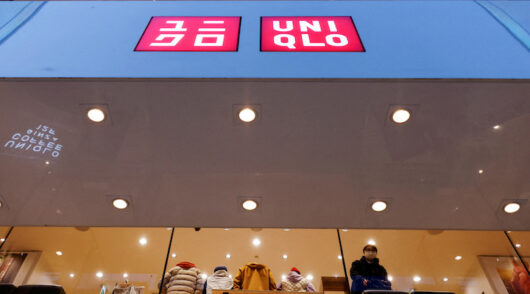We live in the age of the empowered consumer. Shoppers now have a wealth of information at their fingertips as they use their smartphones to research products and compare prices – even when shopping in physical stores. Where previously a retailer would have liked its chances of making a sale once a customer had set foot into a store, it is now all but certain whether that will happen.
That customer loyalty is under pressure has become apparent from a research study carried out by Tofugear. We surveyed 6000 consumers across 12 countries in Asia, asking about their online and offline shopping habits. We also gained insight into how shoppers in the region perceive loyalty.
Unfortunately for retailers and brands, the findings show that loyalty is anything but a given. Consumers were asked what loyalty meant in the context of their favourite brand. Just one-in-five shoppers admitted to being fully loyal to that brand. To reiterate: this is consumers talking about highly valued brands that they regularly purchase.
Price and convenience
So what are the main drivers for consumers in Asia to turn their backs on their favourite brand? The number one reason is if an alternative offers a better price. The surprising thing here was that it was actually consumers in higher income economies such as Japan, South Korea, Hong Kong and Singapore that were most easily swayed by cheaper prices.
Convenience is also an important factor. If consumers are unable to get their hands on their favourite brand – perhaps because a product is out of stock or fulfilment times might be too slow when dealing with online retailers – then they will consider alternatives. This should be an important motivation for retailers and brands to become more transparent in their product availability information, for instance by allowing shoppers to check stock in specific stores on the website.
It was also striking to see that there were no significant differences in attitudes to loyalty when looking at the different generations. It was found that Gen Z were no less loyal than millennials or Gen X. It has become somewhat of a cliche that younger generations – particularly millennials – are perhaps less loyal than older consumers. However, this is not backed up by our research, which underlines that consumer expectations have risen across the board.
How to improve loyalty
While unconditional loyalty is a rarity in Asia, there are steps retailers can take to make their customers more loyal. Based on our research, the following initiatives resonate the most with consumers:
Special promotions or sales
Loyalty requires investment, with the overwhelming majority of shoppers admitting that they would become more loyal through special promotions or sales. However, the question is: do such monetary incentives really help to foster long-term loyalty? Retailers should consider using such events to drive footfall to stores, for instance through product exclusives or special events that help to enhance the brand rather than purely focusing on price.
Fulfilment
Consumers in Asia are currently still unhappy with the speed and cost of fulfilment when it comes to e-commerce. It is therefore not surprising that shoppers say cheaper and faster fulfilment will make them more loyal. More retailers should consider offering free shipping to customers that spend above a certain threshold. But there is also a case to be made for the introduction of Amazon Prime-style delivery subscriptions, which tie shoppers in to a retailer’s ecosystem.
Free gifts and services
Everyone loves a gift and it could be a great way to make customers feel valued, particularly if it is an item that cannot be bought, giving an element of exclusivity. It does not even need to be a physical product as consumers are also receptive to services such as a free shipping-to-home service or advance access to new products. The main aim here is to turn customers into brand advocates that will help promote the brand to others.

Loyalty program
Surprisingly, loyalty programs were mentioned less frequently than the above factors, however the value of these is undeniable – particularly for businesses that get it right. The days of just collecting points should be in the past as retailers look to incorporate personalisation (for instance rewards based on past purchasing history) and partner with other organisations to offer increased value. The data gleaned through a loyalty program – particularly as store shoppers can be identified and linked to their online purchases – can also be invaluable to retailers.
The costs of getting it wrong
The reason why it is so important to invest in loyalty is because for most retailers the bulk of their revenues comes from a relatively small proportion of their customer base.
Furthermore, the survey underlines why retailers need to ensure they do not disappoint their customers: nearly two-thirds of all consumers in Asia say they will no longer shop with a retailer after just one poor customer experience. This is a sobering statistic that should motivate retailers to continue to review whether they are truly meeting the demands of today’s connected consumer.
This feature originally appeared in the winter edition of Inside Retail Hong Kong’s magazine edition, available by subscription in digital or print versions.







